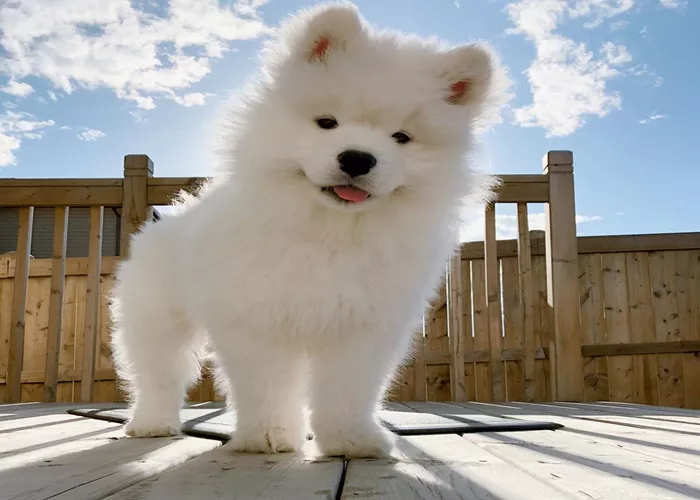As temperatures rise, it’s crucial to recognize that dogs, like humans, are susceptible to heat-related health issues such as dehydration and heatstroke. Some breeds, particularly those with thick fur, flat faces, or those that are elderly or overweight, face a higher risk.
Brachycephalic breeds, such as pugs, French bulldogs, and Boston terriers, struggle with heat because their flat faces limit airflow. This condition, known as brachycephalic airway syndrome, makes it harder for these dogs to pant effectively and cool down. It is important to use a harness rather than a collar for these breeds to prevent airway constriction. Additionally, these dogs are poor swimmers, and safety precautions like life vests are necessary when near water.
Dogs with thick fur coats, such as Labradors, huskies, and golden retrievers, are also at risk of overheating. Their double coats trap heat, and darker fur can absorb even more. While regular grooming can help, shaving these coats should only be done under veterinary advice. Ensuring your dog’s coat remains clean and well-maintained is key to helping them stay cool.
Overweight dogs are more prone to heat-related illnesses due to the extra insulation provided by fat. Obesity also makes them work harder during even mild physical activity, increasing their risk of heat exhaustion.
Older dogs, particularly large breeds like Great Danes, are more sensitive to temperature changes. Their bodies struggle with temperature regulation, and they may also have underlying health conditions that increase the risk of heatstroke. Small breeds, such as Chihuahuas, tend to age slower and are not considered senior dogs until they reach eight years old.
Puppies, with their boundless energy, can easily overheat as they play outside. They are also less adept at regulating their body temperature compared to adults, making them especially vulnerable to heatstroke.
Heatstroke signs in dogs include excessive panting, rapid pulse, salivation, weakness, muscle tremors, vomiting, and collapse. If a dog shows any of these symptoms, immediate action is needed. Move them to a cool, shaded area, apply cool (not ice-cold) water, and fan them to aid cooling. Offering cool water or ice cream can help, but veterinary care should be sought immediately.
To prevent heatstroke, limit outdoor activity to the cooler parts of the day, such as early mornings or late evenings. Always bring water, take breaks in shaded areas, and avoid walks when pavement temperatures are dangerously high. Some dogs, particularly those with high energy, may not recognize their limits, so it’s important to monitor their activity levels closely.
Just as we care for our pets, it’s essential to check on vulnerable people, such as the elderly, during extreme heat events, as they may struggle to regulate their body temperature.

